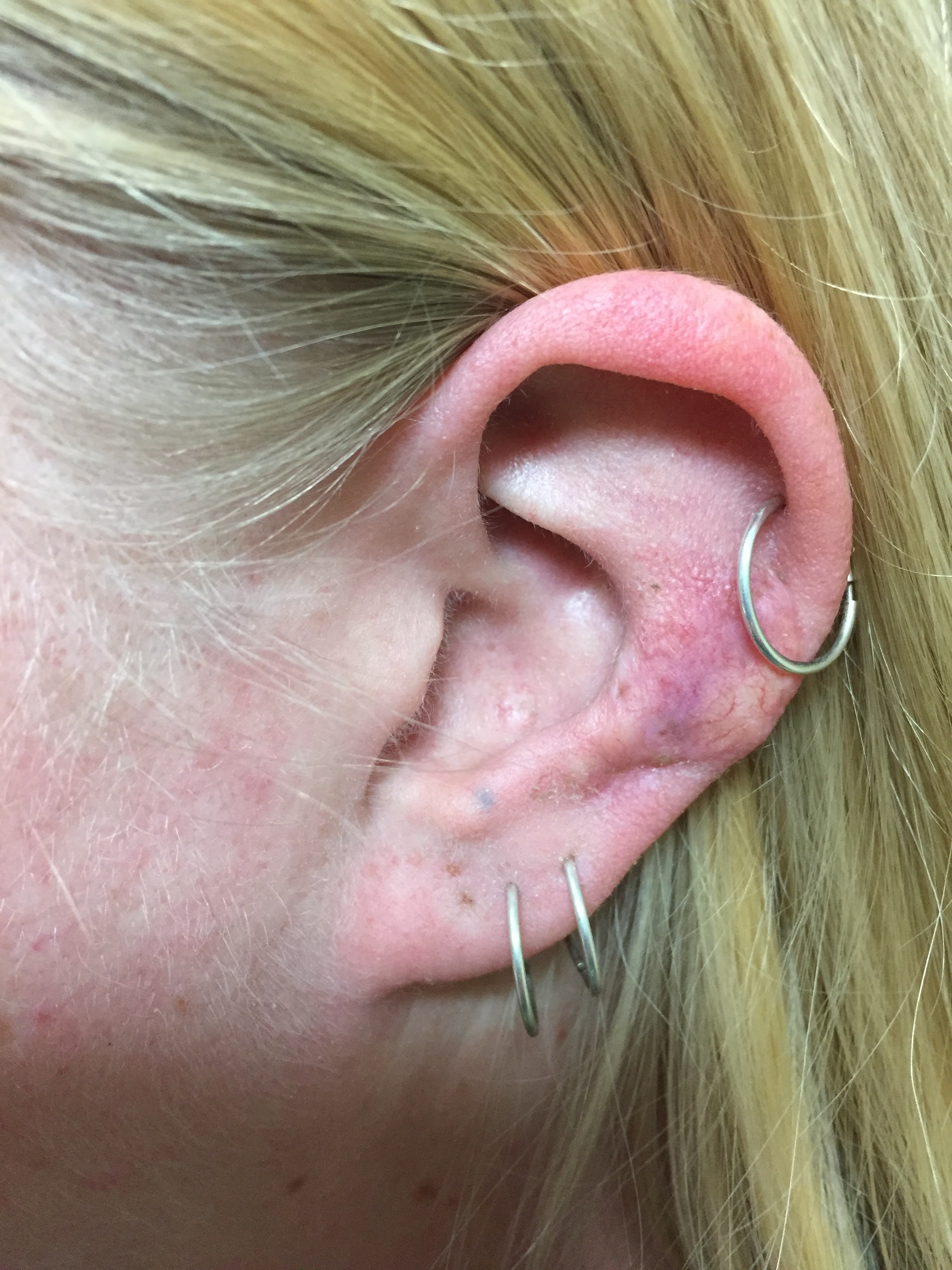Lesions Removal
scars




I have an unattractive scar. Can I have the scar removed?
An incision in the skin caused by surgery or an accidental mishap heals with a scar. Initially the scar is red, then fades to pink and finally to a white color. The scar is thick and firm initially, and then softens and becomes more pliable as time passes. This process is called scar maturation. All scars go through this healing process. The process of scar maturation can take as little as 6 month to two years or more.
The duration depends on the individual patient and their inherited healing characteristics and where in the body the scar is. Certain areas in the body heal faster than others. The shoulder, chest, upper back and knees may heal with a more significant scar and the maturation process in these areas is often prolonged.
The surgical procedure to revise a scar may be done under local anesthetic if the scar is small, or general anaesthesia if the scar is large.
The scar is surgically removed. The soft tissues around the scar are manipulated to reduce the size and sometimes the direction and tension on the scar and then the skin is closed with fine sutures to give it a more favourable cosmetic appearance.
Plastic surgery cannot make a scar disappear. When the skin is cut, it always leaves a scar when the skin heals. The goal is to hide the new scar in a natural skin crease if possible and reduce the scar width and eliminate the skin depression caused by the scar.
Facial scarring from acne is often treated with a combination of scar revision of the deep irregular scars and Dermabrasion for the more superficial scars.
Alberta Health Services (AHS) does not cover a scar revision procedure unless the scar causes a “functional” problem:
for example, a scar contracture preventing normal range of motion of a joint, or restriction in opening of the mouth or eyelid.
risks:
Risks for Scar Revision:
Recurrent Scarring with no improvement
Stitch tracks if the sutures are left in too long
Infection
Temporary Bruising and Swelling
Pigmentation change which can be darker or lighter pigmentation to the area treated
Contour deformity in the skin
Prolonged irregular surface of the skin
Skin damage (necrosis)
Asymmetry
Expense if not covered by Alberta Health Care
(AHS will cover scars that create a functional problem and lesions or marks that are precancerous or cancers)
